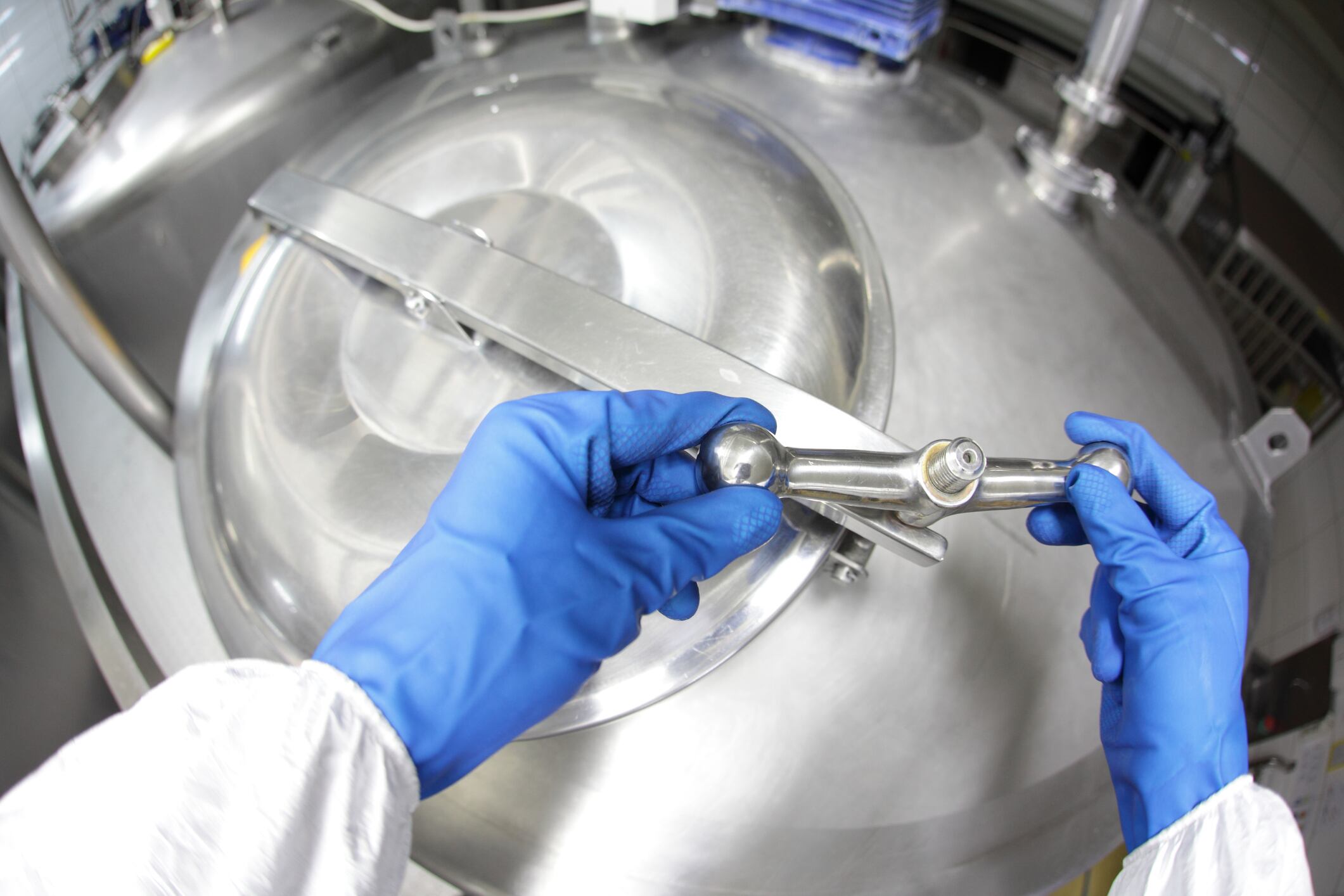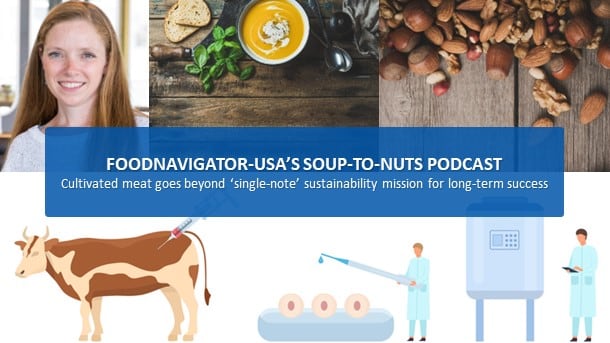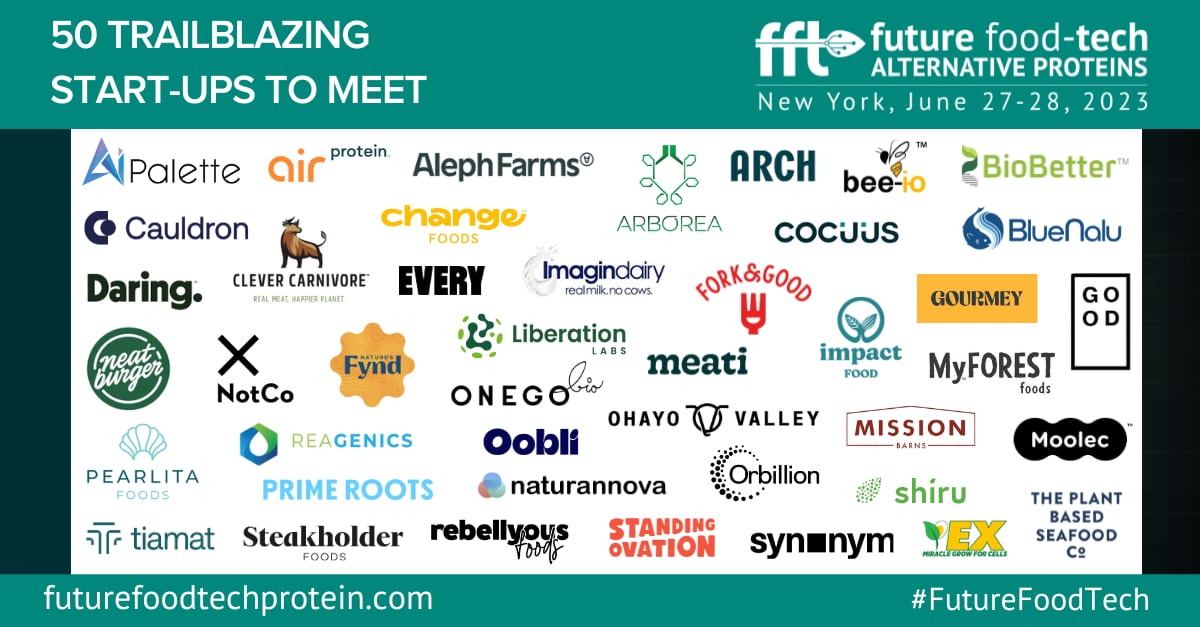In the second installment of FoodNavigator-USA’s four-part video series examining sustainability and future-proofing the food system, experts explain how stakeholders across the value chain are under increasing pressure to reduce their carbon footprint and improve their sustainability – often at great cost that cannot easily be passed along to consumers or otherwise initially offset.
Thus, many find themselves in the unenviable position of balancing conflicting business, environmental and consumer demands.
For example, while 80% of consumers say they care about sustainability, only about 20% of them are actually acting on and paying for sustainability when they make food choices, said Neeru Ravi, principal and alternative proteins topic lead in North America for the Boston Consulting Group.
“There is a big gap between what consumers say and what they do,” she added, noting that research by BCG found “what really matters to the mainstream consumer … when it comes to food [is] taste and health.”
Price also is a top influencer, added Caroline Bushnell, vice president of corporate engagement at the global non-profit The Good Food Institute.
And all three of these, historically, have not aligned with more sustainable food choices, such as plant-based and alternative proteins, both women noted.
“Taste remains the No. 1 reason why consumers haven’t tried plant-based meat, as well as the number one reason given by consumers who tried but who do not continuing purchasing. And then price is No. 2. So, plant-based products, particularly plant-based meats … many of them are twice as expensive as the comparable conventional option,” Bushnell said.
Closing the gap between what consumes say and do
To help close the gap between what people say they want and what they buy, Ravi and Bushnell argue companies need to simultaneously invest in improving the experience and price of sustainable products and reframe how they are marketed to better highlight what motivates consumer purchases.
Drawing on BCG analysis of more than 100 behavioral science studies from the past decade, Ravi identified four actions – including some counterintuitive changes – the food and beverage industry can take today to improve the performance of more sustainable plant-based and protein alterantives.
“The first was actually limiting some of the [sustainability] labeling on products from vegan to vegetarian to enable a wider variety of consumers to relate to them. The second was making it very clear what the source of protein is. The third is highlighting some of that more sensory appeal to hit on those juicy, cravable, taste-sensations. And the final piece was highlighting some more of those positive health benefits,” she said.
She added brands that use more of these principles outperform those that use fewer of them by up to six times.
At the same time, Bushnell said, manufacturers should continue to invest and innovate products to better meet each of these attributes to attract a larger consumer base over the longer-term.
“This will help attract new consumers – particularly meat-eaters to the category, which was a really huge opportunity given that household penetration for the plant-based meat category right now is only 18%,” she said. “But we know the consumer interest is there” with two-thirds o younger consumers aged 16 to 40 years saying they plan to spend more on plant-based meat and dairy in the future, she added.
Balancing planetary needs and consumer desire for wellness across categories
Many of these challenges – and lessons – extend beyond plant-based meat and dairy, with stakeholders in other categories also having to balance planetary needs against consumer desire for health and wellness.
At PepsiCo, for example, the CPG giant is exploring ways to diversify ingredients to offer products that are both better for people and the planet, said Kathryn Matheson, senior director, global foods, research & development at PepsiCo.
“A big part of [Pep+] is positive choices, and positive choices is all about the nutrition of the food that we design and the recipes that we create,” including incorporating in products more legumes, nuts, seeds, whole grains and plant-based proteins, which “we know … are good for consumers and good for the planet,” she said.
For example, she pointed to the whole grains in classic Sun Chips and a new version that also includes black beans.
To successfully bring together multiple benefits, including nutrition and consumer delight, Matheson said PepsiCo’s R&D team thinks carefully about production and how it might be leveraged to make snacks that are healthier – such as through popping, baking or other methods.
Ravi added when creating more sustainable food choices, manufacturers should also focus on the specific eating occasion and what consumers look for in that moment. For example, at breakfast they might be more focused on personal health but for a celebration they might seek more indulgence.
“Really digging into the consumer needs, the different occasions is key to getting that mainstream adoption across that spectrum of food solutions,” she said.
Inaction can be more costly than proactive change
While the cost of innovating and establishing new supply chains that are more sustainable can be expensive, so too can be inaction, cautioned David Bucca, CEO and founder of the precision fermentation-based Change Foods.
“If you don’t take action in terms of reinventing your food supply chain and bringing consumers and innovating your products to be more sustainable, then ultimately, if that’s what they want and that’s where the consumers are heading … then, of course, you’re missing out on the opportunities,” he explained.
In addition, once new technologies and supply chains are scaled they can offer substantial savings – both financially and environmentally.
For example, he said, conventional cheese producers currently spend upwards of 50% of their operating costs removing water from milk, so they have to invest more to produce less.
Using precision fermentation to create cheese, however, doesn’t require the removal of water – allowing producers to do more with less, which his what is required to meet increasing global demands on the food chain, he added.
Retailers play pivotal role in closing gap between what consumes say and do
Retailers also have a “very powerful” role in reimagining the agricultural value chain to be more sustainable for the planet and business, added Alison Taylor, chief sustainability officer at ADM.
She explained as the go-between consumers and manufacturers, retailers have an opportunity to influence the value chain in both directions.
In one direction, retailers can help by providing consumers education about which products are more sustainable and how to prepare them, which can help drive sales and bridge the gap between what consumers say they want and what they do.
Retailers can also guide manufacturers to more sustainable choices by establishing credentials about what is allowed on their shelves and what is required to be one of their suppliers, she added.
Looking ahead
As stakeholders look for solutions to balance business and sustainability demands, technology will play an increasingly important role.
Join FoodNavigator-USA next week for our third installment in this four-part video series to explore how new and emerging technology can improve the sustainability of the food system, how larger organizations in the food system can help develop and scale alternative food technologies and what investors are thinking about in terms of climate friendly food-tech.
And if you missed last week’s video, in which the panel describes the current landscape and opportunities, you can still watch and read a recap.



